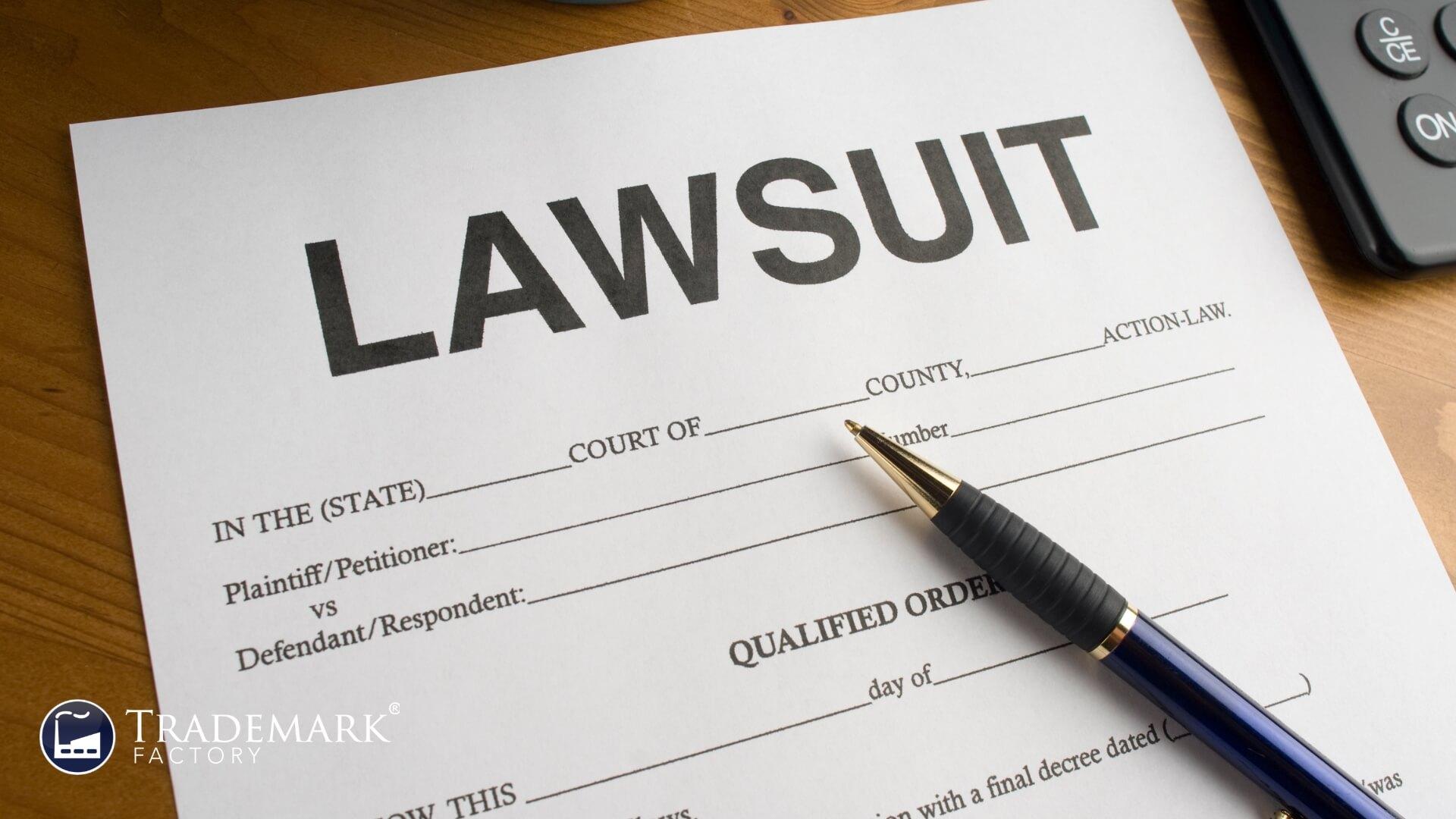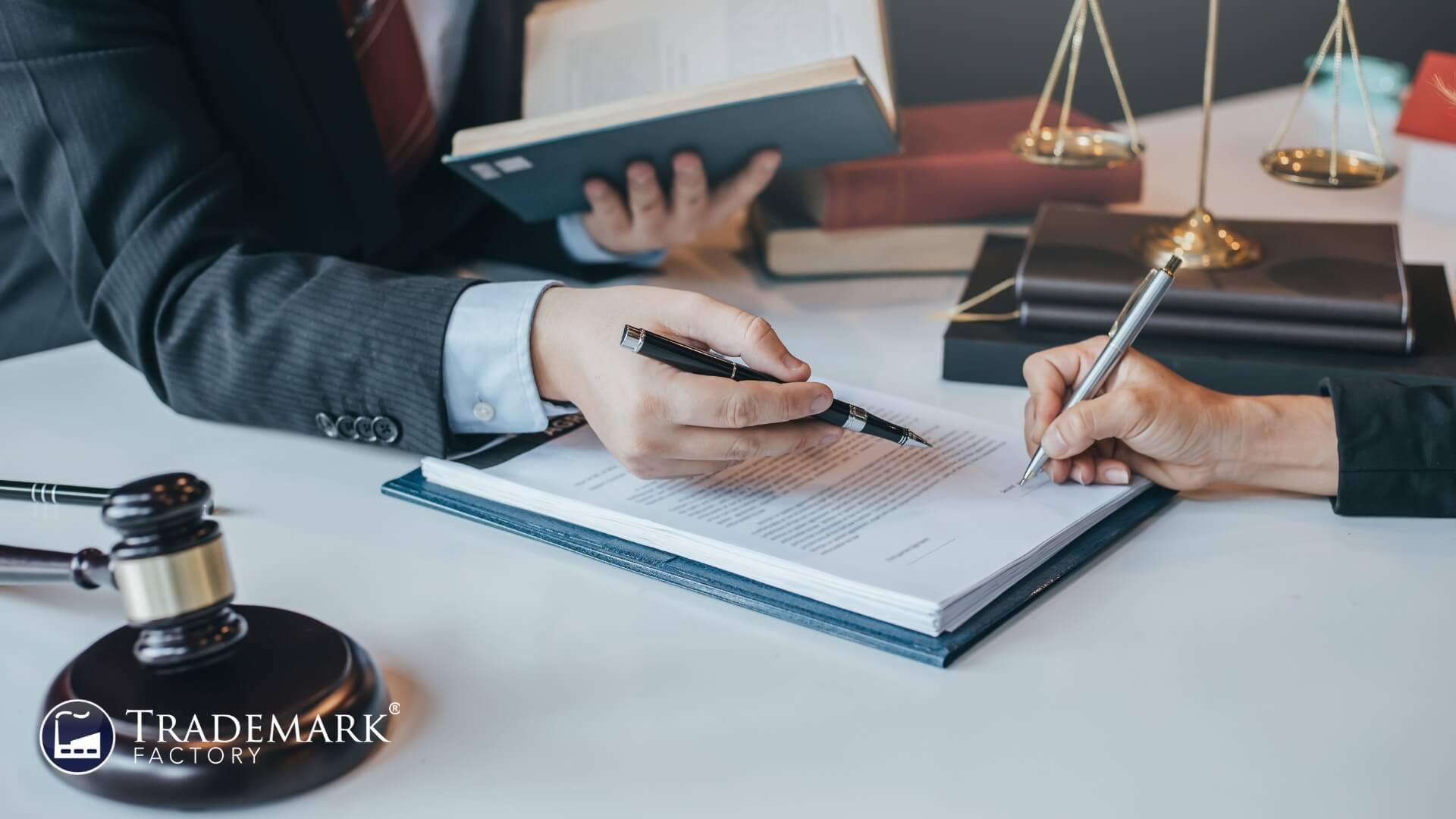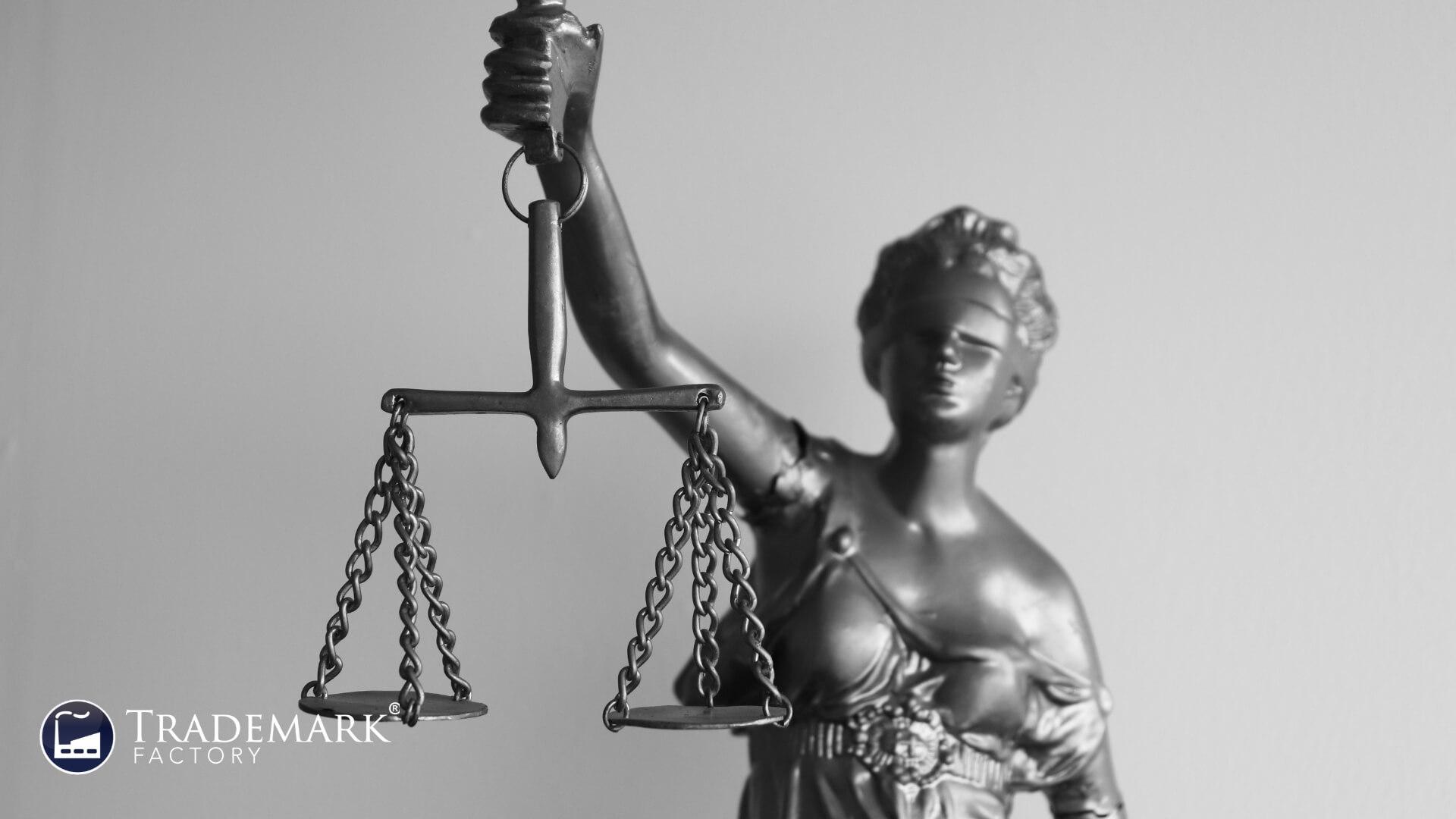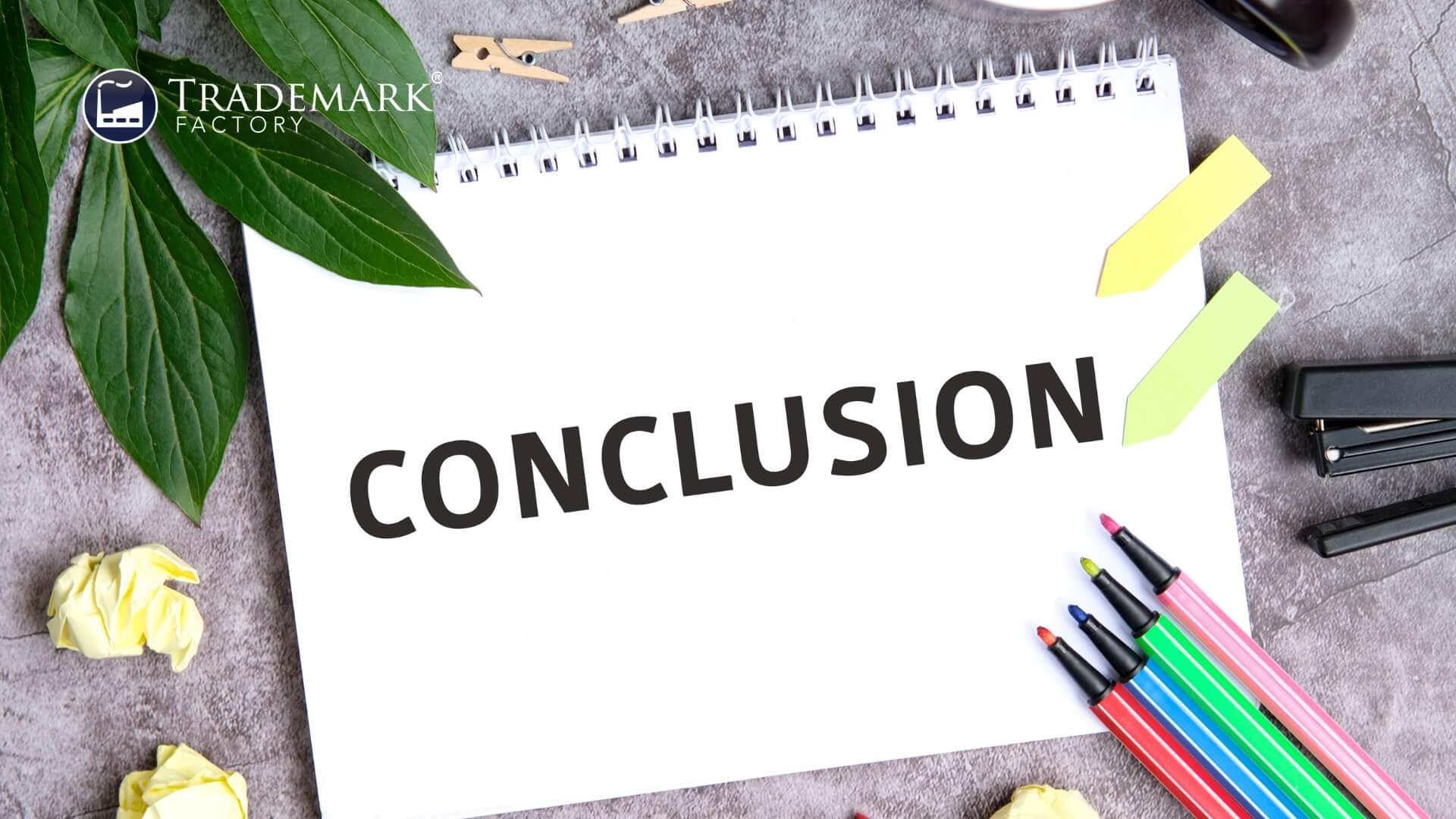Identifying Infringement How to Spot Violations of Your Trademark

This article explores the critical process of addressing instances of trademark infringement, a violation that threatens the integrity of proprietary marks. It delves into methods for detecting infringements, enforcement strategies, and legal recourse options at both domestic and international levels. The discussion aims to equip stakeholders with essential knowledge for safeguarding their trademarks in today's complex business landscape, thereby fostering a sense of belonging within this intellectual property sphere.
Understanding What Constitutes Trademark Infringement

Comprehending and defining trademark infringement necessitates a thorough understanding of the legal nuances that outline what constitutes an unauthorized use or violation of a registered mark. This involves proving intent, grasping the concept of trademark dilution, exploring fair use defense in disputes, examining international infringement challenges, and understanding secondary liability. This knowledge is pivotal as it paves way for conducting regular searches for potential infringements.
Conducting Regular Searches for Potential Infringement

Conducting regular searches for trademark infringement of proprietary marks serves as a crucial strategy in safeguarding intellectual property rights. Regular search techniques, effective monitoring strategies, and proactive infringement prevention all contribute to unauthorized use detection and infringement risk identification. These actions form an essential part of the process which subsequently leads to measures such as dispatching cease and desist letters to trademark infringers.
Sending Cease and Desist Letters to Infringers

Dispatching cease and desist letters to those who infringe on intellectual property rights serves as a critical initial step in legally asserting these rights and demanding the immediate cessation of unlawful activity. Sending warning letters can lead to legal consequences, requiring adept handling of cease and desist responses. This approach aids in protecting brand reputation while resolving trademark disputes, paving the way for possible lawsuits against trademark infringers.
Filing a Lawsuit Against Infringers

Initiating legal proceedings against those who violate intellectual property rights is an important recourse, requiring careful consideration of various factors such as cost, time, and potential outcomes.
Filing Process
Legal Requirements
Settlement Negotiation
Application submission to court
Evidence collection and validity checks
Mediator selection for dispute resolution
Selection of attorney with IP expertise
Mandatory presence during hearings
Negotiation terms and conditions
Rigorous documentation process
Strict adherence to laws and regulations throughout the procedure
Legally binding agreement
This discussion segues into the vital role that law enforcement plays in stopping trademark counterfeit goods.
Working With Law Enforcement to Stop Counterfeit Goods

Engaging with law enforcement agencies represents a critical component in the fight against the distribution and sale of counterfeit goods. Collaboration with law enforcement facilitates:
- Counterfeit prevention through:
- Anti counterfeiting measures
- Trademark protection
- Working with authorities for:
- Seizing counterfeit products
- Disrupting illegal operations
This proactive approach significantly contributes to the integrity of brands. The subsequent section discusses monitoring online marketplaces for trademark infringing products, an equally crucial strategy in trademark protection.
Monitoring Online Marketplaces for Infringing Products

Monitoring online marketplaces for counterfeit goods represents a proactive approach to maintaining trademark integrity of brands and their products. Utilizing advanced monitoring techniques, infringement detection becomes possible, thus enabling online brand protection. These proactive measures help in identifying counterfeit products effectively. Delving further into this topic, attention will next be focused on the legal action available against domain name trademark infringers.
Taking Legal Action Against Domain Name Infringers

Having discussed the monitoring of online marketplaces for trademark infringements, attention now turns to the crucial process of taking legal action against domain name infringers. This necessitates a comprehensive understanding of specific concepts such as infringer identification, Trademark defense, and acquiring apt Legal representation.
- A proper appreciation of Cybersquatting consequences is vital:
- The potential loss of business
- Damage to brand reputation
Moreover, effective strategies for domain name recovery are indispensable. The discussion will now focus on enforcing trademark rights against foreign infringers.
Enforcing Trademark Rights Against Foreign Infringers

Enforcement of trademark rights against foreign infringers presents unique challenges, necessitating an understanding of international laws and the complexities of cross-border legal action. Identifying infringement, jurisdictional considerations, and strategizing for international enforcement are crucial aspects.
International Enforcement
Jurisdictional Considerations
Cross-Border Strategies
Understanding Laws
Determining Applicable Law
Strategic Planning
Working with Local Authorities
Overcoming Legal Barriers
Collaboration with Foreign Entities
Vigilance in Monitoring Infringement
Navigating Diverse Legal Systems
Effective Communication
A deeper dive into educating employees and partners on trademark infringement will further fortify this comprehensive approach.
Educating Employees and Partners on Trademark Infringement

Educational initiatives aimed at employees and partners can significantly enhance the understanding of trademark rights, thus reducing the risk of unintentional violations. The importance of education is underscored in these areas:
* Training strategies to increase partner and employee awareness:
* Preventing inadvertent infringements through explicit instruction.
* Educating about trademark laws for comprehensive comprehension.
This knowledge foundation paves the way for exploration on seeking damages when infringement does occur.
Seeking Damages for Trademark Infringement

In the landscape of intellectual property law, navigating trademark infringement challenges necessitates a comprehensive understanding of available resources. This discourse aims to elucidate on the intricacies involved in seeking damages for trademark infringement; from recognizing the range of remedies and damages at hand to accurately calculating such recompense and finally, comprehending the legal process needed for action. It is intended that this exploration will serve as an invaluable resource, offering detailed insight into effectively managing these complex legal issues.
Navigating Trademark Infringement Challenges: A Comprehensive Resource
Navigating Trademark Infringement Challenges: A Comprehensive Resource provides a thorough examination of potential obstacles and effective strategies for protecting intellectual property rights. This document offers insight into:
- Trademark infringement challenges
- Analysis of trademark infringement case studies
- Strategies for trademark infringement prevention
- Trademark protection tips
- Exploration of various trademark enforcement strategies
This resource enables informed decision-making, empowering readers to confidently navigate the complex landscape of intellectual property law.
Frequently Asked Questions

What Is the Process to Register a New Trademark?
The process to register a new trademark involves understanding trademark classes, avoiding application pitfalls, considering international trademarks and potential opposition, and budgeting for associated costs.
How Long Does a Trademark Protection Last?
Trademark lifespan typically extends for ten years from the date of post-registration trademark requirements. However, protection duration can be perpetuated indefinitely through timely renewals. Post-protection strategies are crucial to mitigate expiry consequences and maintain brand integrity.
Can a Trademark Be Renewed After Its Validity Ends?
Upon expiration, trademarks can indeed be renewed through specific timelines outlined in legal statutes. Failure to renew may result in trademark abandonment, necessitating a reapplication process with its own set of legal implications.
How Does Trademark Law Differ From Copyright Law?
Trademark law, encapsulated within 'Understanding Trademark,' and copyright law diverge considerably. The former primarily pertains to brand protection whereas the latter safeguards original creations, each bestowing unique 'Ownership Rights' under 'Intellectual Property' statutes.
Can Two Companies in Different Industries Have the Same Trademark?
Trademark law permits cross industry usage, allowing same name companies in different sectors to coexist. However, trademark duplication can lead to conflicts if there is potential customer confusion regarding the source of goods or services.
Conclusion

In conclusion, identifying and taking action against trademark infringement is a complex process requiring regular monitoring, legal actions, and collaboration with law enforcement agencies. It also necessitates educating stakeholders about trademark laws to prevent unintentional violations. Pursuing damages for infringement can provide recompense and deter potential infringers. Hence, it is critical for businesses to understand the procedures involved in protecting their trademarks effectively. This knowledge aids in maintaining brand integrity and preventing financial losses due to unauthorized use of their marks.
Subscribe to Trademark Wednesdays, our weekly newsletter where we'll send fun and informative trademarking topics straight to your inbox.




